You can’t know with one-hundred percent certainty when a disaster will strike. In all probability, at least one disaster will occur in your lifespan. That disaster can range from natural to manmade. Often, one disaster will lead to another, and a cascading effect can occur that can lead to a prolonged grid-down situation. We hardly even stress anymore when the power goes out for a day or the water company issues a boil order, but what if these instances were wider in scope both geograpically and impacting an entire population? If services are restored in the first 72-hours, it’s just a lesson we can learn from and prepare better for it next time. Most won’t. If it lasts for a week or more and no help is on the horizon, you will see chaos and lawlessness in the streets — stores looted and crime and violence like you have never seen before. If it lasts for two to three months, you may never see normal civil society restored in your location. All along the way, you have to continually evaluate your seven major preps. In this article, we will examine each of these preps, explain how they break down after SHTF, and how you should align your prepping to compensate and overcome their loss. You cannot overlook any of these seven fundamentals if you plan to survive, and you have to know not only how they will impact you but how the masses around you will react.
It’s important to note that while preparation for emergencies is prudent, extreme doomsday scenarios are rare, and it’s crucial to approach preparedness with a balanced and realistic perspective. Here are first general laws for surviving and preparing for emergencies:
SHELTER
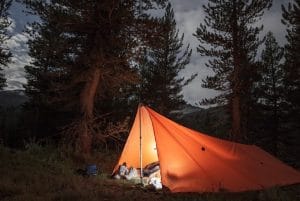
Having a stable shelter when the world around you is plunged into chaos dramatically increases your odds of survival. Just having a tarp over your head in the driving rain may mean the difference between living or dying from exposure to the elements. The stability and security of your shelter, wherever that is, will be a massive factor in whether you survive any disaster and its aftermath. Assuming you have some warning of the coming catastrophe or time to prepare for it, you will need to make sure that your perimeter is as secure as possible. You should have the means to lock yourself into your home or apartment for at least three days. Some things you may associate with shelter, like food and water, are not part of what we mean by shelter.
The shelter is two-fold. First, it is the roof over your head and the walls you are huddled behind for safety. It’s the structure you are in or you build, or you retreat to that protects you from the element, people, and chaos outside. Maybe that’s your fortress of a house. Perhaps it is a tarp structure you built under a bridge. Maybe it’s a rock overhang or cave you found in the wild. If the damage to people’s homes is total, they will retreat to the structure of their vehicles. If their vehicles are of little use to escape or live out of because of their location, they’ll find abandoned structures, occupied structures, overhangs, or set out for less populated areas. Structure, in this sense, is the physical barrier between you and the world. The second type of structure we are referring to here is the hat on your head, gloves on your hands, sunscreen, insect repellant, even the mosquito net you wear around you. While this type of structure is more of a personal nature, specific solely to you, it is still a structure because it is a barrier between you and the hostile environment around you.
Throughout your time in your structure and especially in the first few hours and days, you need to be assessing both inside and outside. When the intitial disaster occurs, how safe are you? Think of this elementally: fire, earth, water, and air. Is your structure on fire? Are fires near your structure? Could you be burned out of your structure by others? Do you have neighbors whose fires may impact your structure? Think in terms of Earth, as well. Is there a debris field around your structure that will make escaping if you have to treacherous? Are there other structural problems in your shelter or around your shelter that may force you to abandon it- gas leaks, water or sewer line breaks, or unstable or collapsing buildings? The water here may not be the kind you drink. When it comes to your structure, consider line breaks, natural flooding, or excessive rains. Frozen pipes in some homes in Texas exploded and rendered some people’s structures uninhabitable in freezing temperatures.
Also watch this video- Final Collapse Review – Elon Musk TERRIFIES Church Leaders (proof inside)
Just as you wouldn’t pitch in a dry river bed during a rainstorm, consider how water might have a negative impact on your structure. Finally, consider the air. Fires near you may cause choking smoke. Industrial and chemical plant or train car leaks can kill you in seconds. Radioactive dust or volcanic ash could render your structure unlivable. Make these elements your first assessments of how stable your structure really is. If you live next to a river, the ocean, a chemical plant, in a high population density area, or other similar threat, evaluate whether staying or going is your best option. After the first 24-hours of a disaster, your window to stay or go may have closed.
Over the first week to three weeks after a disaster, constantly evaluate your structural security. If police, National Guard, or some other military force is going door-to-door to enforce evacuations of an area, you may be compelled to leave. Ensure you have some form of portable structure and the proper personal structure items like a hat, windbreaker, and shoes, so you are not as subject to being herded along with the desperate and competing masses. Listen on the radio and look as far into the distance out your windows as you can. Understand the threats you are under and the ones that are looming. After a week, people will be desperate. Any moral compass they may have lived their life under will be gone, especially if they perceive that you have shelter, water, and food. Follow whatever news you can to understand any action in the streets. Mark it on a map with the date, so you will know the areas that have been burned and looted, and you will be better able to determine escape routes. You will also learn how close the threats of others or fires may be to you. We’ll address communication a little later. Suffice it to say here that even though you are hunkered down and locked in, you will want to be looking and listening to what is going on beyond your walls and windows.
If the disaster’s aftermath lasts a month or three, you have to assume that things will never be restored to their pre-disaster status. Your area may become completely uninhabitable simply because the remaining survivors have consumed all the available resources. If you can make it a month or more in your structure after a massive disaster, the good news is that you will have outlasted probably two-thirds of the population around you. A truly catastrophic disaster or series of disasters would immediately result in fatalities to one-third. Competition for resources, declining health issues, drugs, or violence spurned from the desire to survive will probably take out another 1/3 of the population. Your best option is always the shelter where your preps are. The second best is a plan and the equipment to bugout to a safer location.
WATER

The second rule of surviving is water. You need to have both stored water and a means to render water from the wild drinkable. You should also know how to collect and harvest water from the wild, whether pulling it from a stream, lake, pond, pool, or collecting rainwater. You won’t be able to drink it in this wild state unless you also plan on joining the statistics I mentioned earlier about mortality rates. In the first hours and days after many disasters, the municipal water system will fail to either deliver water or can be tainted and toxic to consume. In a prolonged grid-down situation of over a week, no water will be flowing to you any longer. What you have stored is what you will have. If you live in an urban or suburban environment, it is very likely everything around you will be dry. There aren’t many city or suburban wells, lakes, or streams. Knowing where water is in your environment and how to collect it will be of good use to you. After a week with no recovery in sight, every building will have been tapped with a Silcock key, and every hydrant opened, every fountain raided. A person can survive without water for about three days. Before that, though, on the second day of no water, they will do anything to obtain some.
Also watch: The US Army’s Forgotten Food Miracle And 126 Superfoods That You Can Store Without Refrigeration for Years
In the moments leading up to a disaster, regardless of the type, fill as many containers as you can with water. If you haven’t plugged in a solution to store at least one gallon, per day, per person in your shelter, you need to make this your utmost priority. Three weeks of water for three people would be 189 gallons. That’s 3, one half 55-gallon barrels. If you immediately filled an emergency bathtub WaterBOB, that’s another 42-100 gallons you can add to your inventory, enough for a minimum of five days. 5-gallon plastic containers or WaterBricks might be a means to store the water you need. The point here is that a couple of cases of bottled water or even a 5-gallon container of water isn’t enough to get you through. You need to think long term solutions for stored water. You need at least 3-weeks worth. After that, you need a plan to obtain, filter, and treat water in the wild. Just realize that after 3-weeks, everyone surviving will be desperate for whatever clean drinkable water they can get. You may be in competition for resources. Aid from areas unimpacted by the disaster, if there are some, cannot be relied upon to deliver relief.
As a rule, store 3-weeks to 3-months of water, begin rationing water on day one of a disaster, fill as many containers and bathtubs as you can at the first sign of disaster, know how to tap your irrigation lines, water heater, toilet tank (not the bowl) and know the obvious and hidden sources of water along your bugout routes. Protip: never deprive yourself of water if you’re running low. Drink what is needed now and figure out a plan to secure more later. Once you enter a state of dehydration, you will quickly begin having new sets of health problems quickly leading to death.
FOOD

The third rule is having enough food because you can survive on an empty stomach a lot longer than you can with no water or by being exposed to the elements. If you have looked at some of the other content here at City Prepping, you’ll already understand that there are several food options ranging from simple canned food, to dehydrated and freeze-dried options, to seeds for sprouting and planting, and so much more. Approach any food in your long-term storage with nutrition and calories in mind. Can you prepare it easily if cooking options were limited? Also, does the food you are storing have a calorie and nutrition density that will sustain you? We always advise people to regularly consume and replenish their prepping supplies. Eat what you store and store what you eat. You don’t want to discover that your body cannot eat beans for three meals a day after a disaster has occurred.
In the initial hours and days after a disaster, inventory your supplies. Double-check what you have and examine anything close to expiration dates. If you are locked down, replenish your bugout bag in case you might later need to leave your structure. Fill a few baggies or containers with rice, beans, or some other staple you have in abundance. You will want this in a separate bag you can grab and go. This separates your food a little to keep it safer. Also, do some meal planning. Calculate out the recipes, how much they will draw off your supplies, how nutritional they will be, and so forth. This will also serve to occupy your mind in the first days and a week or so after a disaster. As many discovered recently, lockdowns or bugging-in can take a mental toll on a person. Food is a distraction. That being said, you will want to begin rationing your supplies immediately and not just eat more as a stress-coping mechanism. Only make what can be consumed in one sitting.
Within the first week following the disaster when no relief is in sight and public order has disintegrated, all stores will be looted. Grocery stores are not allowed to sell meat and frozen vegetables if their freezers are down too long. Dumpsters will be raided. Vending machines will be raided. Even restaurants will be broken into. Unprotected gardens will be depleted, as well. Homes, where occupants are known not to be present, will be robbed of their food resources. Some, who may have lost their homes in the initial disaster, may squat in these new locations for the food resources in your neighbor’s pantry. If your neighbor was out of town, you may wake up one morning in the second week after the disaster with brand new neighbors. I hate to say it, but after a month, even small pets will start to disappear. Lack of food will motivate many to ignore their moral compasses in favor of basic survival.
As a rule, store 3-weeks to 3-months of food, grow some food of some kind for nutrition supplementation to your daily meals, inventory, and ration on day one, and ready your bugout bag, separated food, and clothes if you have to suddenly flee.
MEDICAL

After a disaster, minor medical incidents can spin out of control, like a cut that becomes infected or a needed medicine running out. There are also significant medical needs like lacerations, burns, broken bones, gunshot wounds, and dysentery. You or someone in your group should know basic first aid or have medical material available such as The Survival Medicine Handbook. If you need to take medicines to stay alive, you need to make sure that you have at least a 3-month supply of them. Even if systems are being restored, pharmacies will be broken into and depleted by people getting the medicines they usually have a prescription for but can’t get. Opportunistic drug users and addicts will raid them.
In the days and weeks following a disaster with no apparent relief in sight, anyone with a medical condition requiring medications has a lower chance of long-term survival. The unprepared will succumb to their illnesses, which can be as mild as severe asthma or diabetes. If you have even a mild condition requiring medications, push your doctors for a prescription amount to get you through shortages and lockdowns. You should also study any home remedies or herbal remedies that you can utilize in an emergency. The fact is that everyone will run out of medicine, but there is a corresponding greater need for it because of the disaster and aftermath. You may still suffer, but alternative treatment methods may help you survive long enough to get the medicine you need.
Also watch- Food Confiscation: How to protect your food stores and production from government confiscation
Make sure you have a first-aid kit that you have built up with quality products. Many store-bought kits are cheap and we recommend building an actual medical bag that is portable that you personally built in order to know the contents well. You can barter with some of the items in a prolonged grid-down situation (only with those you know and trust), but also be aware that addicts and desperate people who perceive that you have pills and medicines, even NyQuil, may target you.
SECURITY
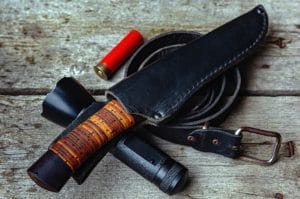
Walking down the street with a rifle in the early days of a disaster might get you in trouble with any law enforcement, military, or locally formed militia. A week or two into a disaster, and it may be the norm. Having a concealable firearm provides you with a level of protection without drawing attention to yourself. Having mace, a fixed blade knife, or even a kubaton can provide some level of protection if you have to travel out of your shelter. But by the time you get into a conflict where someone is able to grab or wrestle you to the ground, even with self defense training, you’re severely disadvantaged. The average person can cover 21 feet in 1.5 seconds. Keep threats at a distance. Once they have closed that gap, you’ve got a problem.
Assuming you can shelter in place, do the work now to make your shelter as secure as possible. If you live in a community where people frequently leave their homes with windows and garages open or doors unlocked, great. Do realize, though, that the landscape rapidly changes after a disaster where no help is coming because of the lack of law enforcement. Looting and robbery start at the most resourceful locations–retail stores, grocery stores, and financial institutions. When those resources are depleted and consumed, soft target residential areas are next. Eventually, marauders, gangs, vigilante groups, military, militia, or just packs of bad guys could come knocking on your door. Make sure your shelter is secure. Clear brush from around your house and landscape with security in mind. Bring in any propane tanks on barbecues. Ensure you have installed some high up and out of reach solar lighting options. Keep windows barricaded and shades drawn. Invest in some shatter-proof film for windows and reinforce doors. Add security into your preps and do something to make you and your shelter more secure every week.
Security is more than having a bigger weapon than others. It’s a mindset you need to develop now to make your house both look less appealing and less accessible. As a rule, add security into your prepping plans now so that you will be ready later.
COMMUNICATION
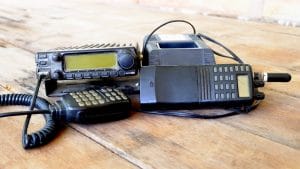
A police scanner, CB radio, GMRS, walkie-talkie, an emergency radio, or satellite phone can extend your listening capabilities beyond your physical ears and alert you to threats in your area. They can also help you communicate within your MAG or group. Even if you don’t talk over them but merely listen, it will occupy your mind and inform you of existing and possible threats. I recently did a video on communicating after a disaster, and we will link to it in the comments below. You have to have some form of electronic one-way and two-way communication. Your cellphone will not work. If you have one, your landline could easily be down as well.
Beyond electronic communications, though, have a communication plan with your MAG or group. Know where people will go after a disaster if they are away from home base. Know the shared bugout locations and routes. Agree upon where you can leave notes for each other, and make sure pencils and writing pads are part of your prepping inventories. We take for granted our ability to call instantly, text, or message whomever we want whenever we want. When the disaster strikes, often cell lines are overwhelmed. Damaged lines or towers can go unrepaired because maintenance workers are unavailable or roads are impassable. If communication goes down, it could go down for a very long time. If it’s down for more than 3-weeks, you should assume it won’t be coming online again. You may still have one-way communication through internet connections or broadcast radio or television. These will require a part of your emergency backup power resources, but it may be worth it to be able to gather a complete picture of your road ahead.
Build a communication plan with multiple devices and methods to keep the information flowing to you post-disaster. As a rule, without communication ability, you are blind in the world and limited to just what you can see and hear in your general area. Still, with communication options and a communication plan, you will make better decisions based upon the information you can gather from them.
COMMUNITY
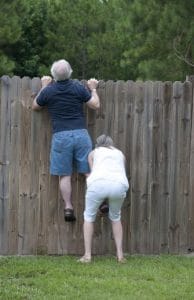
After any disaster in life, you find out who your friends are pretty fast. After any disaster, the community is the first thing to fall apart, and it is the first thing to hold together. Just as your true friends will stand by you and the fake ones will expose their own self-interests, so too your true networked community will hold each other closer and those simply living in your community might become more of a liability than an asset to you. As a rule, build community into your prepping plans if you hope to survive longer than 3-months. We live in a transient culture of sorts where people often move far from family and friend networks for jobs or other reasons. Each town and neighborhood is not a community, even though they may refer to themselves as one. Community is the hidden network you build with other people concerned about emergency preparedness. They are made through churches, neighborhood watch groups, sports, scouting groups, even your local homebrew club or shooting enthusiasts group.
A friend of mine who I met when our kids were in Cub Scouts now sometimes works with me in my business, and, more importantly, he now preps. We know we can trust each other after a major disaster in our area. Our families won’t probably be bugging-out together, but we definitely know each other’s strengths and could share or pool resources if we needed or wanted to. We have met hundreds of people in the prepping community who would be more of an asset to me than a liability after a disaster. We have also met a few that we know we want to steer clear of after a disaster. The point is this: you are not a member of a community simply because you live there. You are a member of a community because of the underlying connections that you have built.
If the disaster stretches on for a week or more, or there are signs of insecurity outside: storms, looters, robbers, gunshots, tanks, or any other signs of instability, you will be glad you have built a community. You will be glad to know a person who can cook, a medical professional, someone who is versed in security, communications, even a mechanic. If the disaster stretches on for months or longer, you will need people to rebuild your physical community. As a rule, build community into your prepping plans now. That can be as simple as joining an interest group or taking an emergency preparedness course through city or church classes. That can be as simple as joining a gardening group or a charity group. That can start by simply having a BBQ or sharing a few beers and conversation with people. You don’t have to go full bore prepper on them, but you can start the “What if this happened? What would you do?” conversation with them. This can lead to a greater community later. With community, your odds of survival exponentially increase. If your plan is to lone wolf your way through SHTF, your odds of surviving without anyone having your back are much smaller, regardless of how heavily equipped, stocked, and armed you are.
CONCLUSION
In the first 3-days of a disaster, hopefully, you can lockdown in your shelter, all your people are with you, and you have the preps you need. In the first 3-weeks, whether help is coming or not will be apparent. Your landscape will dramatically change, and your need to stay hidden or flee to a safer geographical location will become apparent. After 3-months, you can assume you are on your own with whatever preps you have and whatever community you have built. You will be in unchartered territory, so your preparation and planning are the only maps you may have of your future and your survival. Top up your preps, ration from day one, and be cognizant of these seven rules of survival. If you fail to prep even one of them, your odds of long-term survival after SHTF plummet.
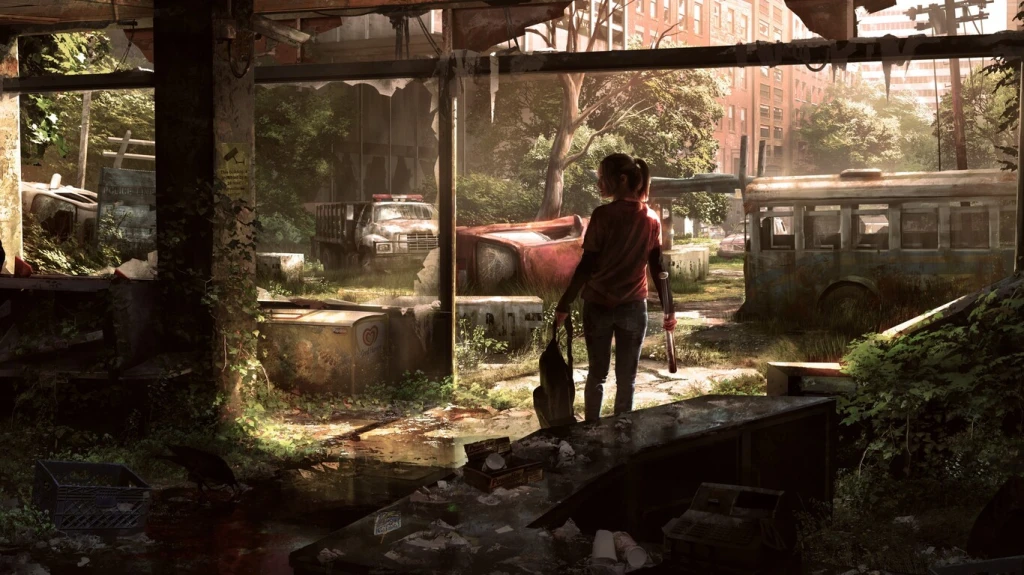

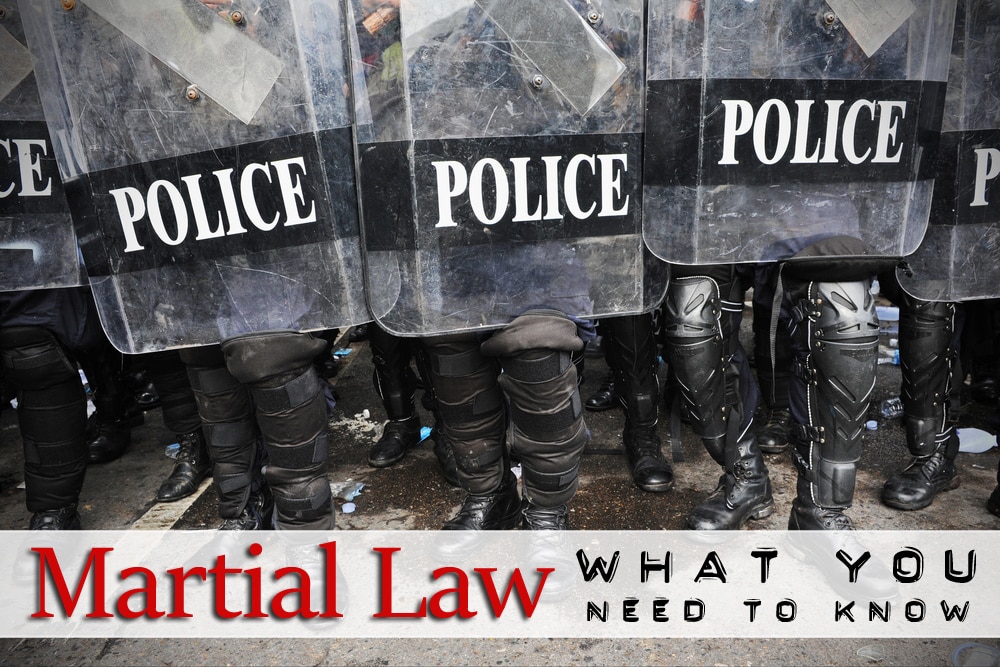


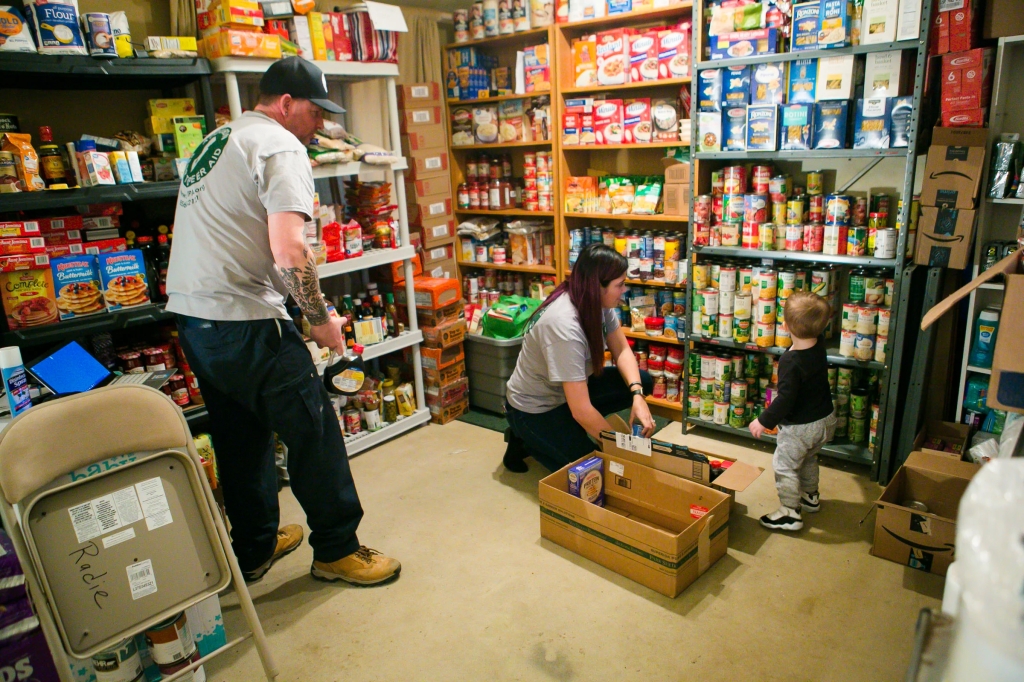
Leave a comment